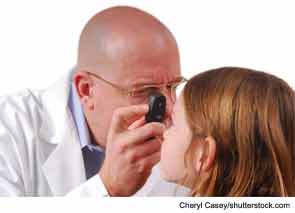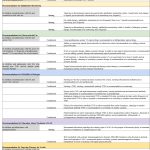
Treatment of JIA
The treatment of JIA is fundamentally similar to that of adult arthritis. Pediatric rheumatologists use the same agents, largely for the same indications and in the same way. There are, however, a few key differences.
In children with JIA, extinction of inflammation is the only acceptable therapeutic outcome. In adults, we sometimes tolerate low-grade disease when it appears nonerosive, and/or the patient chooses to avoid or will not tolerate additional therapy. This is essentially never acceptable in children, because inflammation affects the morphology of the growing skeleton, and injury to cartilage leads to osteoarthritis in early adulthood. I direct a clinic, described further below, that includes many adults with JIA who have limiting osteoarthritis in their twenties and thirties due to incomplete arthritis control as children. In many cases, these patients report that their arthritis symptoms had seemed adequately managed, often on nonsteroidal antiinflammatory drugs (NSAIDs) alone, though careful history usually indicates that they still had low-grade or episodic swelling.
Fortunately, children are especially tolerant of our medications. A problematic tendency of adult rheumatologists is to “undershoot” when treating children, out of the concern—often echoed by parents—that children might be especially vulnerable to adverse drug effects. In fact, the opposite seems to be the case. Pediatric rheumatologists use per-kilogram doses of disease-modifying antirheumatic drugs (DMARDs) typically well in excess of those tolerated by adults. In part, this is because pharmacokinetics differ in children in favor of more rapid clearance and because comorbid factors such as diabetes, obesity, alcohol exposure, and concomitant polypharmacy are usually absent. This principle is clearly stated in the recent ACR guidelines for JIA treatment, in which DMARDs and even biologics are considered first-line therapeutics in many children with JIA. By contrast, an extended NSAID trial is generally inappropriate.5 Aggressive up-front therapy may be particularly helpful in sJIA, where a go-slow approach often results in protracted steroid exposure and substantial morbidity.6 When in doubt, a phone consultation with a pediatric rheumatologist, or having the patient travel to visit the nearest JIA specialist, may help to optimize long-term outcome.
Will JIA Go Away?
It is frequently assumed that children will “outgrow” JIA, and in some cases this does occur. Surprisingly, high-quality long-term outcome data are not available, so our prognostic capacity is strikingly limited.7 Published series suggest that up to 75% of patients with classic early-onset persistent oligoarticular arthritis may attain long-term drug-free remission. The prognosis for the other subtypes is less rosy. RF-positive poly-JIA is, like adult RA, almost always a lifelong disease requiring treatment indefinitely. A fraction of seronegative poly-JIA patients, perhaps 20%–30%, enter long-term drug-free remission, but the majority will require therapy long term. Among patients with sJIA, perhaps half attain drug-free remission. Overall, remissions in JIA are unpredictable and are not influenced by puberty.


